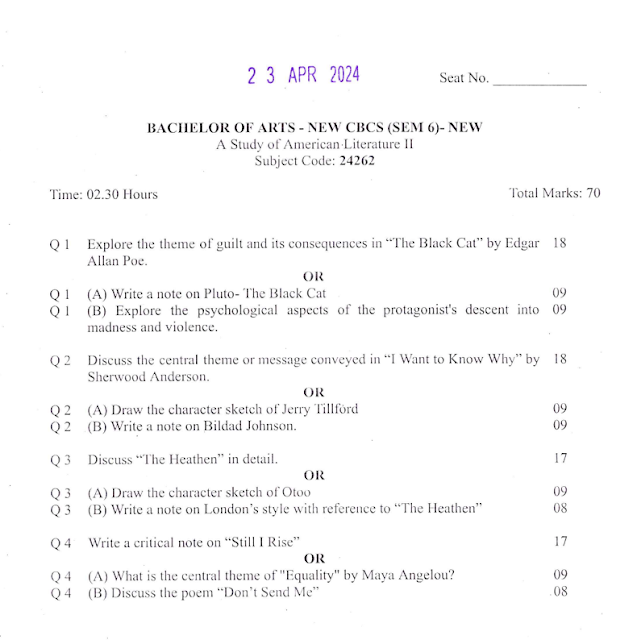Sheetala Satam
It's a festival which celebrating mostly in India called Sheetala/Shitala-Satam.
Try to understand the name of the festival. I divided into two part;
1.Shitala
2.Satam
Shitala (“She Who Is Cool”) Indian goddess of smallpox and of other infectious diseases. She is worshipped under this name throughout the regions of South Asia in which Indo-Aryan languages are spoken. In India she is widely worshipped in the rural areas of West Bengal state.
Local belief suggests that Goddess Sheetala cures heat-borne illnesses. Hence, devotees worship this deity to cure diseases like chickenpox, measles and other heat-borne diseases.
What is the meaning of word Shitala ?
-Shitala is the Gujarati name of the disease Smallpox.
- Word Shital(શિતળ) means cold and Shitalata(શીતળતા) means coldness or cooling.
Word Shitala is Corruption of shitalata.
Mythological story 1
During ancient times there's no medicine for Smallpox. That time people pray to Shitala mata (here mata means goddess) and they say praying to goddess is only one way to recover from this disease.
When anyone suffers from smallpox they go to the temple and start religious Practice like offering a coconut, Incense and kuler(name of gujarati food item).
People believe if they pray to Shitalama they will recover.
Mythological story 2
In this story mythological characters and exaggerated ornamentation.
What is Satam ?
In gujarati calendar there are 12 months and one month divided into 2 fortnights (pakhavadiyu-પખવાડિયું). It's according to the phase of the moon.
Religious practice:
People take vow, if this and that things and wishes fulfil they do this and that. Like, they offer food, coconut etc.
Eat cold food :
In some regions of Gujarat Shitla Satam is celebrated on sud satam , while in remaining regions it is on vad satam of Gujarati month of shravan . People, especially women of the family, worship goddess Shitla and pray for the good health of her family . They eat food made on the previous day , called cold food . The faith behind this is this will prevent diseases ori and similar.
The day before Shitala Satam is known as Randhan Chhath, when women of the house cook numerous dishes to be consumed cold the next day.
The scientific rationale aside, these practices are often defined by legends. One such enduring legend is associated with the folk deity Shitala – the one who cools – dubbed as the goddess of pox, measles and other such diseases. In Rajasthan, the custom of eating basi or stale food is observed eight days from Holi on Shitala Ashtami, also known as basoda. In parts of Uttar Pradesh, the festival is called Sili Sat. In Gujarat and a few other places, the festival is celebrated in the month of Shravan as Shitala Satam.
Among Sindhis, rice mixed with curd and mustard powder and fermented overnight is a must on Thadri, which is celebrated a week after Rakshabandhan in honour of the goddess Jog Maya (the Sindhi counterpart of Sheetala). “Known as Khato Bat-uh, it is eaten topped with more fresh curd and mustard powder,”said blogger Alka Keswani. Curd and mustard are both preservatives that avert spoilage and help in fermentation.
In Maharashtra, people make “extra bhakris the night before and eat them on Shitala Saptami with milk or buttermilk”,, said Saee Koranne-Khandekar, an author and culinary consultant.
Early Control Efforts:
Smallpox was a terrible disease. On average, 3 out of every 10 people who got it died. People who survived usually had scars, which were sometimes severe.
One of the first methods for controlling smallpox was variolation, a process named after the virus that causes smallpox (variola virus). During variolation, people who had never had smallpox were exposed to material from smallpox sores (pustules) by scratching the material into their arm or inhaling it through the nose. After variolation, people usually developed the symptoms associated with smallpox, such as fever and a rash. However, fewer people died from variolation than if they had acquired smallpox naturally.

Traces of smallpox pustules found on the head of the 3000-year-old mummy of the Pharaoh Ramses V. Photo courtesy of World Health Organization (WHO)
Science:
The basis for vaccination began in 1796 when the English doctor Edward Jenner noticed that milkmaids who had gotten cowpox were protected from smallpox. Jenner also knew about variolation and guessed that exposure to cowpox could be used to protect against smallpox.
World Free of Smallpox :
Almost two centuries after Jenner hoped that vaccination could annihilate smallpox, the 33rd World Health Assembly declared the world free of this disease on May 8, 1980. Many people consider smallpox eradication to be the biggest achievement in international public health.
Corona mata mandir (Temple of Goddess Corona):
Corona is a virus but dogma of people lead them to do this type of superstitious practice and this ideology takes them away from scientific truth.
For more information watch this YouTube video.
Superstitions are very harmful for society.










No comments:
Post a Comment